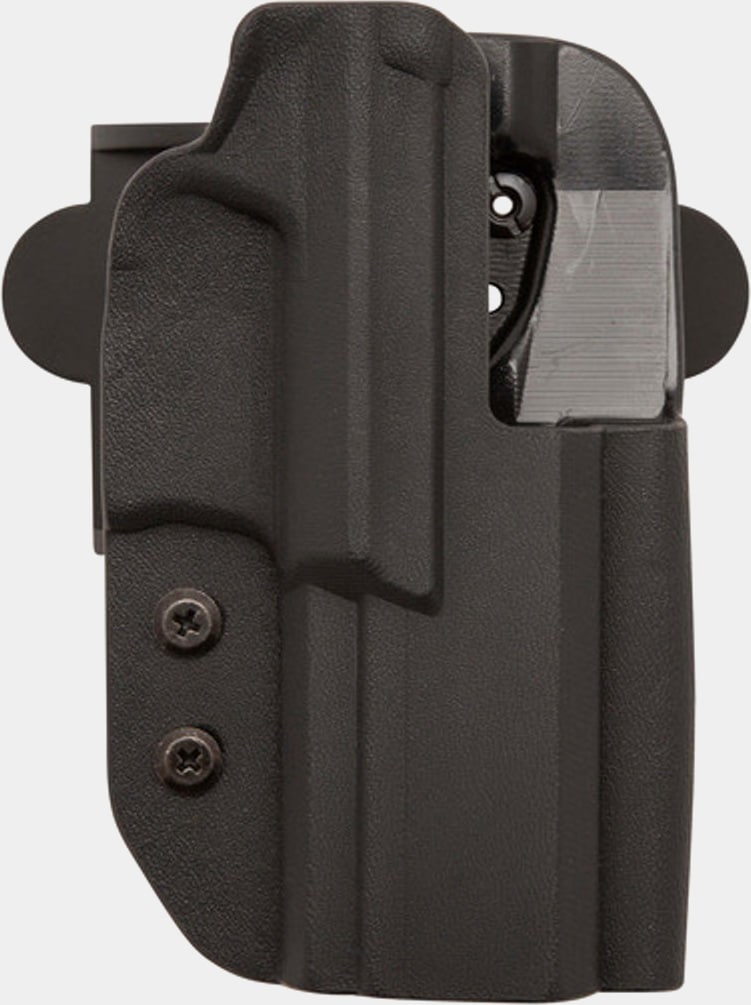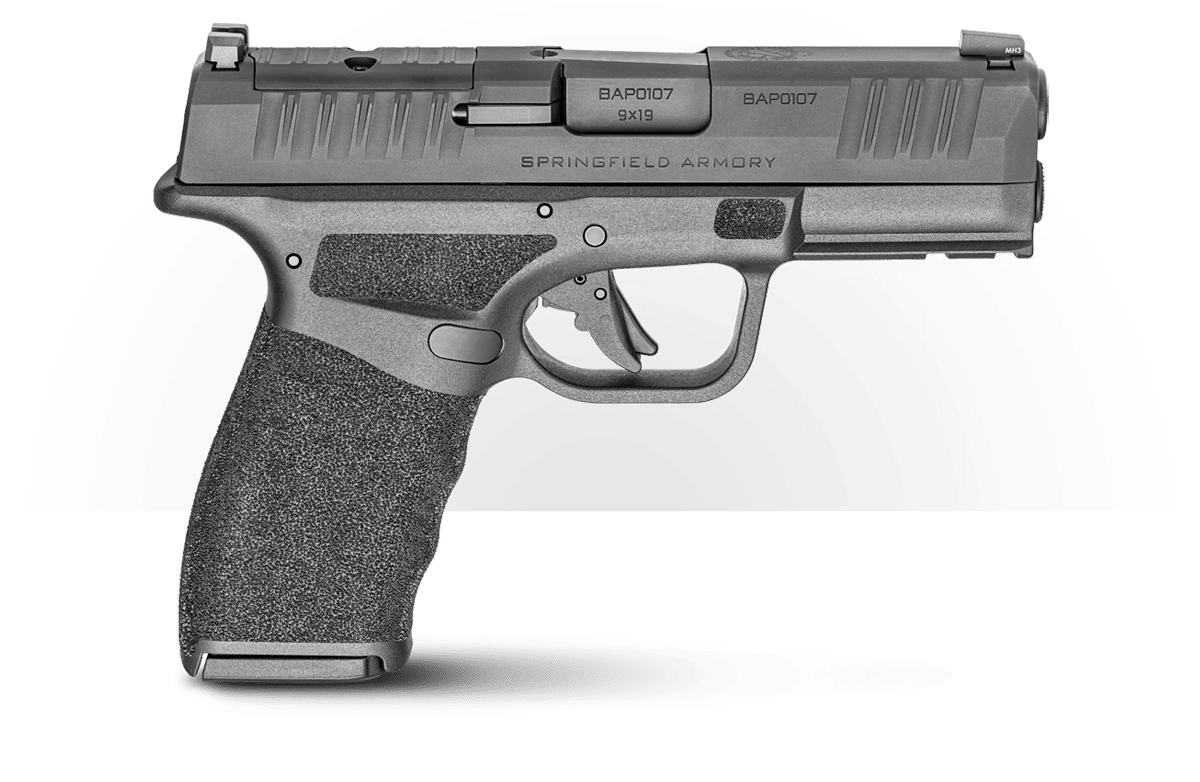What Is a Paddle Holster?
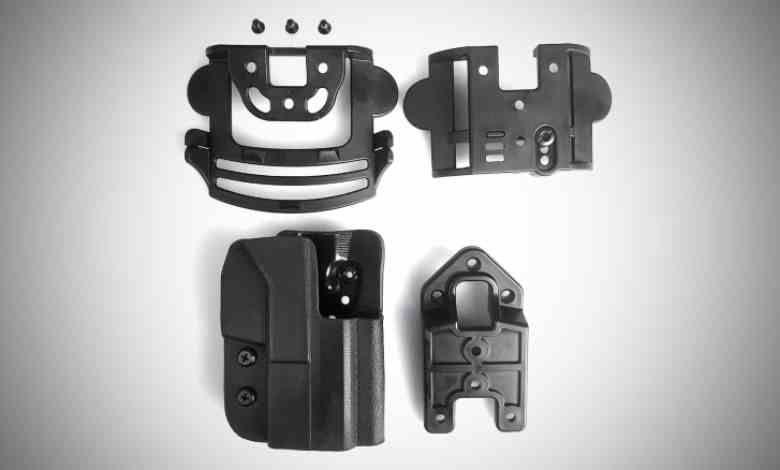
If you think picking out the best carry gun and ammo is complicated, wait until you dive into the world of holsters. Cant styles, material choices, positioning, etc. It can be overwhelming. It also includes a bunch of terms with which you might not be familiar.
Today, we are tackling the topic of paddle holsters. A paddle holster gets its name from the curved paddle-shaped part that is attached to the holster. It consists of two main parts: the paddle and the holster. The paddle is usually made of a polymer that is molded to the contour of the hip.
Instead of the holster mounted to the belt on the outside of the pants, the paddle sits inside the waistband, pressed against your body, while the holster is mounted to the paddle and sits outside the waistband.
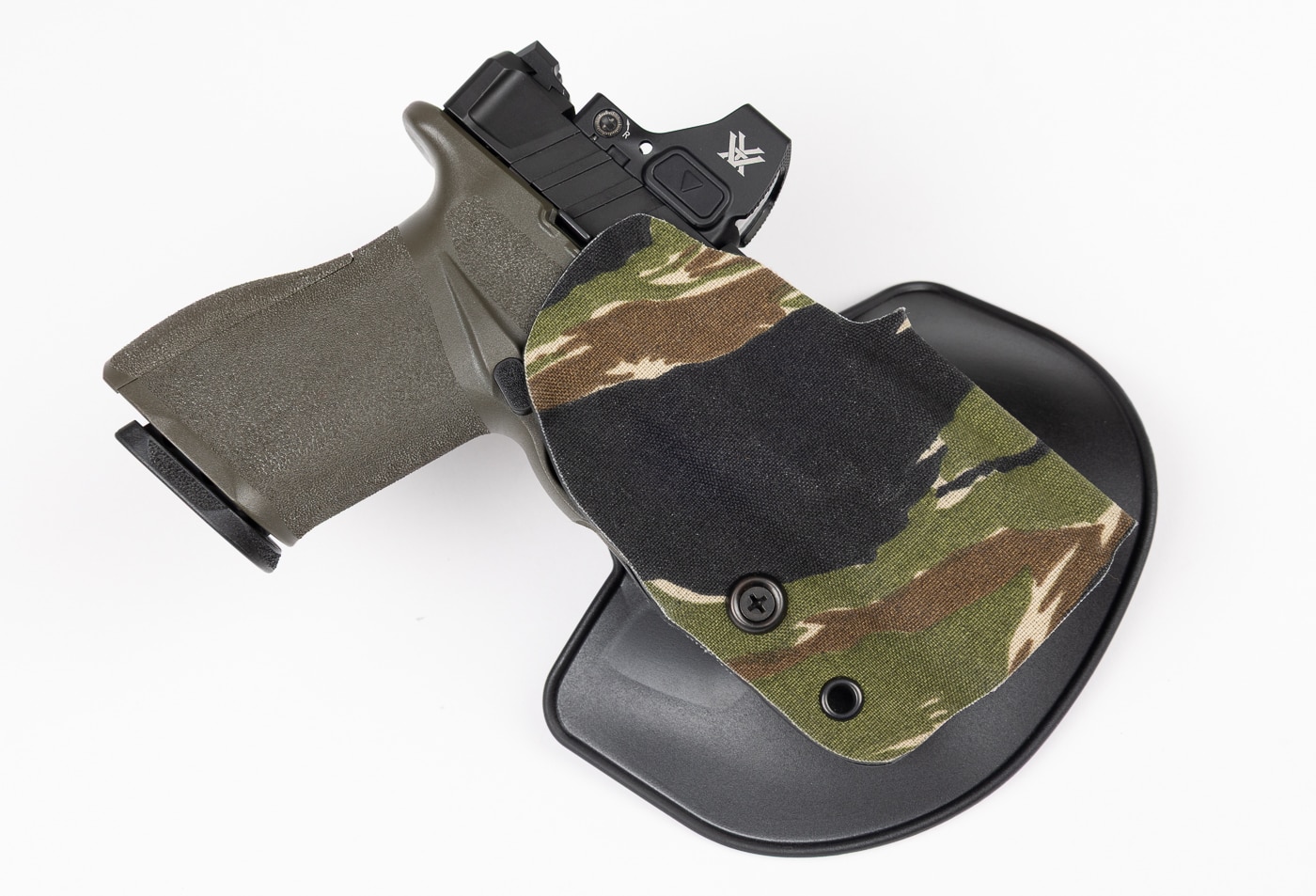
When placed inside the pants, a hook on the holster, combined with a hole in the paddle, keeps everything in place. Several manufacturers make their belt holsters compatible with paddle use, so if you already own the belt holster, you only have to purchase the paddle.
Why a Paddle?
Why would you want to wear one? When you watch cop shows, the detectives often wear a paddle holster, but there are other reasons to wear a paddle besides being a police detective.
For anyone with back or hip pain, a paddle holster will distribute the weight of the pistol and create less pressure against the hip bone and lower back.
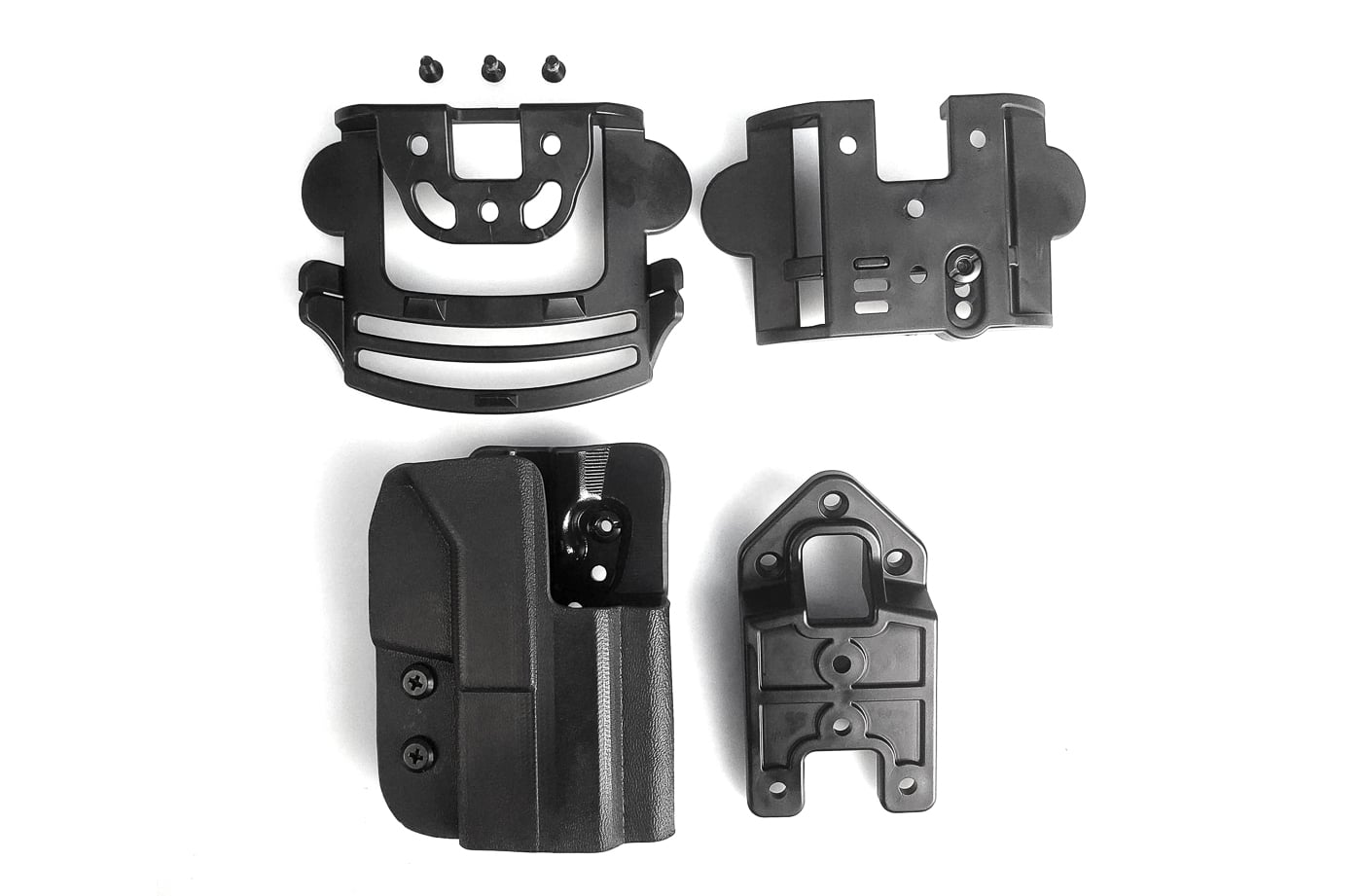
A paddle holster is a quick and easy mounting system for your pistol, and is one of the easiest to put on and take off. This feature makes it one of the most popular styles of carry.
It’s an excellent system for competition shooters. If you are heading to the range for a quick session, consider a paddle holster. It slides on quickly, and you don’t have to take off your belt to mount it like a conventional-style holster.
A paddle holster works well combined with a jacket like the 5.11 Founders “Tactical” Sport Jacket, used to conceal the firearm. This set-up is ideal for anyone who regularly wears a coat, as well as for security work at social functions or church security teams.
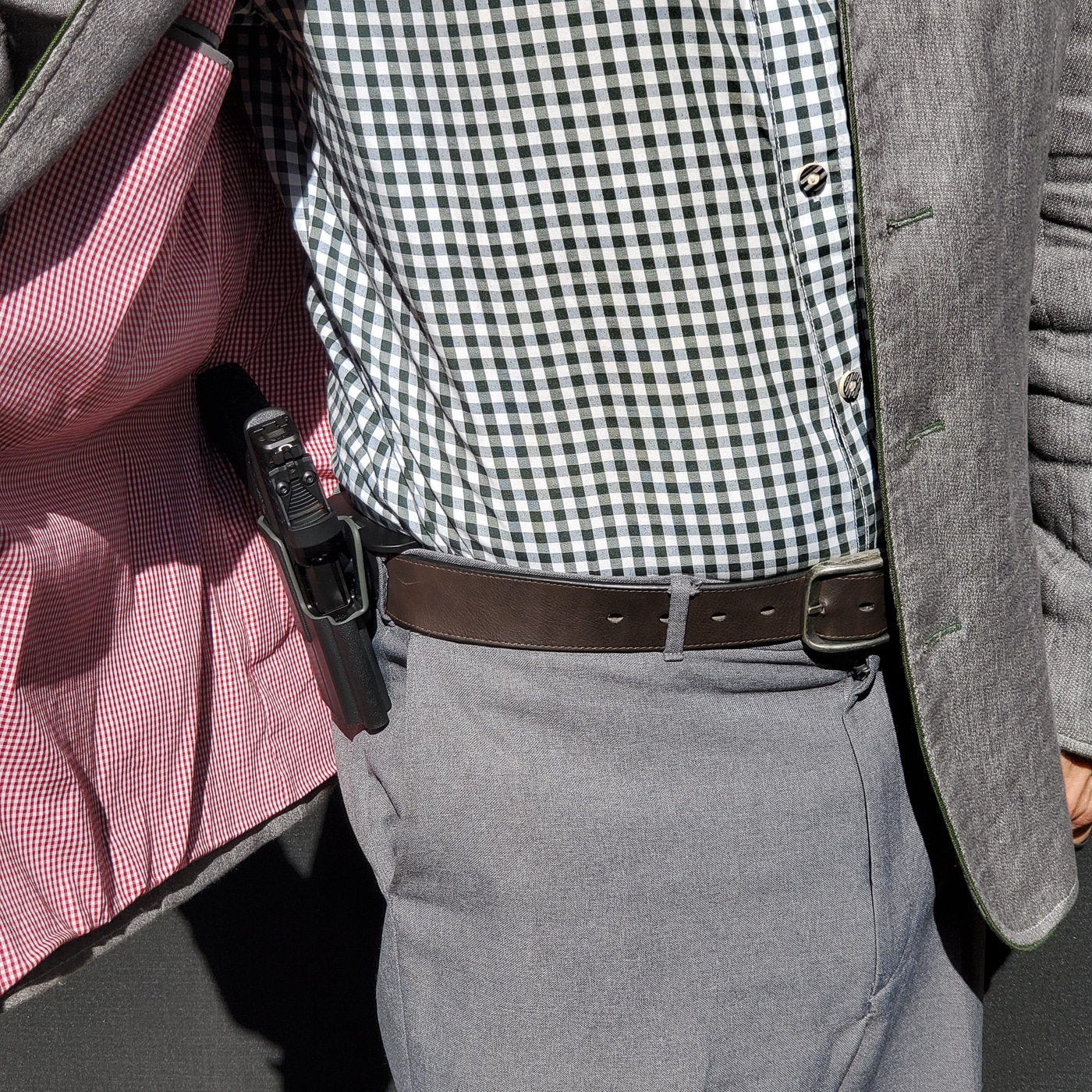
A paddle holster is also a great option when carrying a full-size pistol that you don’t want riding up against your side. When I worked in law enforcement and was going off duty, I took off my gun belt, placed my service weapon in a paddle holster, and wore a light jacket to cover everything up for the ride home.
What Type Is Right for Me?
Paddle holsters can be found with and without safety retention devices. Generally, a Level II retention holster with thumb release is carried by law enforcement, like those detectives I was talking about. Most paddle holster fans use a non-retention holster, although your situation may benefit from a retention-style holster.
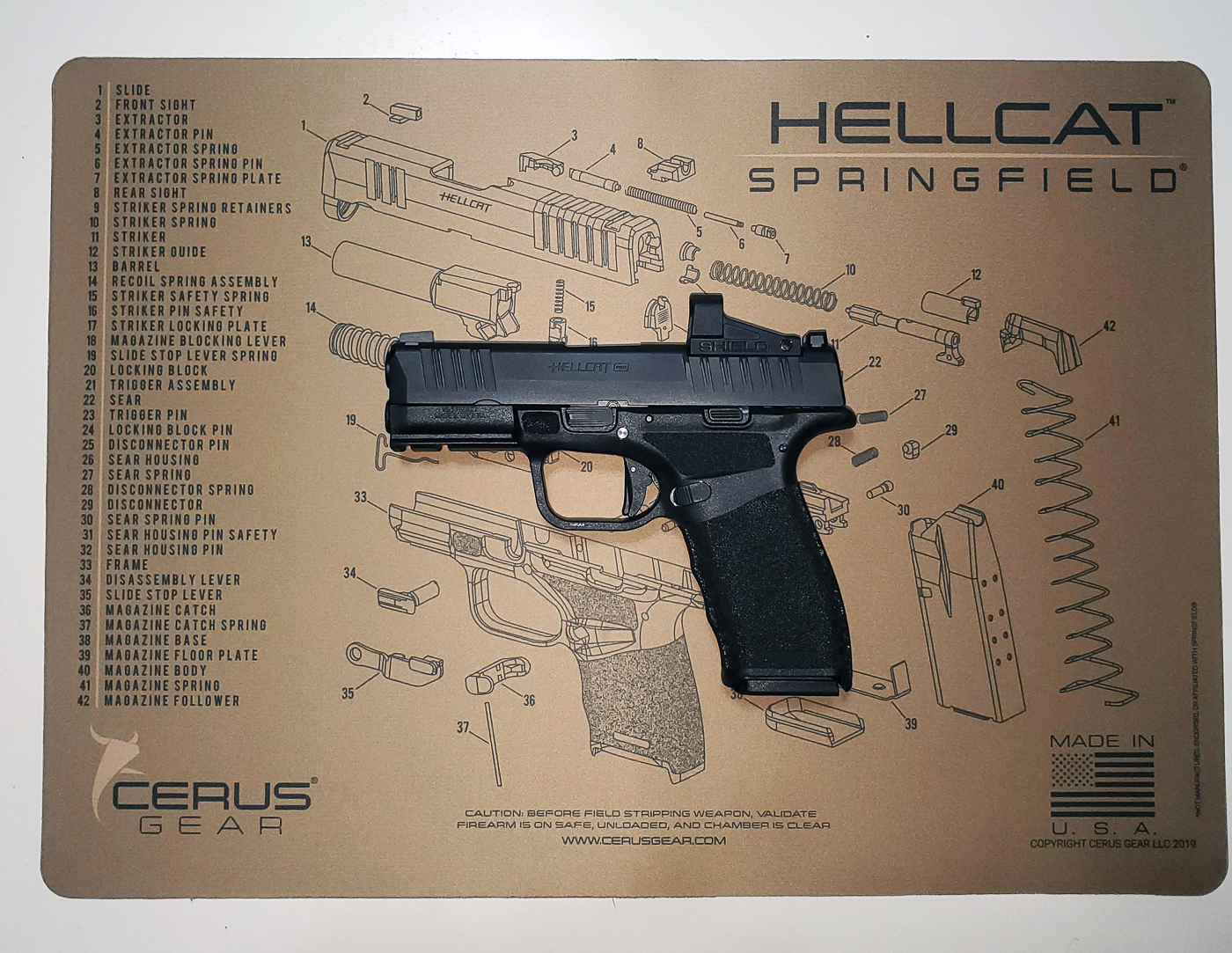
For this article, we are using the Springfield Hellcat Pro with an optic and a Comp-Tac International holster that features a belt-mounting attachment adjustable for different size belts, as well as an extender to drop the holster farther down for various body types. It also features a passive retention system that uses adjustable screws for just the right amount of retention.
[Read Richard Johnson’s article on holster retention to learn more about passive and active retention systems.]
When purchasing a holster, make sure you account for the sights, optic, loaded chamber indicator or light if so equipped. The holster will need to be specifically designed to fit your particular setup.
How to Wear a Paddle Holster
Wearing a paddle holster is as simple as sliding it over your waistband and belt with the clip inside and the holster on the outside.
For those of you who are right-handed, the 3-5 o’clock position usually works best. For the lefties out there, the 7-9 o’clock position usually works best, although your mileage may vary. Adjustability is a must, as almost everyone has their perfect spot.
Cant refers to the angle at which the holster rides on the waist in relation to the user. You can make minor adjustments for cant (angle) by just moving the holster. If you need more adjustability, then major adjustments for cant can be made by changing the angle of the paddle in relation to the holster. By simply changing the orientation of the mounting hardware, you can adjust the cant forward (the most common choice), or to the rear for a crossdraw application. You may want a straight drop or a more pronounced forward cant, depending on your draw style. These adjustments will affect your draw speed, so be diligent.
When setting up your holster, perform a retention check. Pull the holster up and ensure it doesn’t come loose. I’ve seen it happen in training. At the range, you’ll look strange pointing your pistol downrange with the holster still attached. In a real-life scenario, it would be much worse.
Next, move around, sit, or stand as you would normally. Is the holster shifting? Lastly, practice your drawing. Is your pistol coming out properly, or is the holster rocking or binding and preventing a proper draw? If you are experiencing any of these issues, it may be because your holster is not fitted correctly or has a bad design.
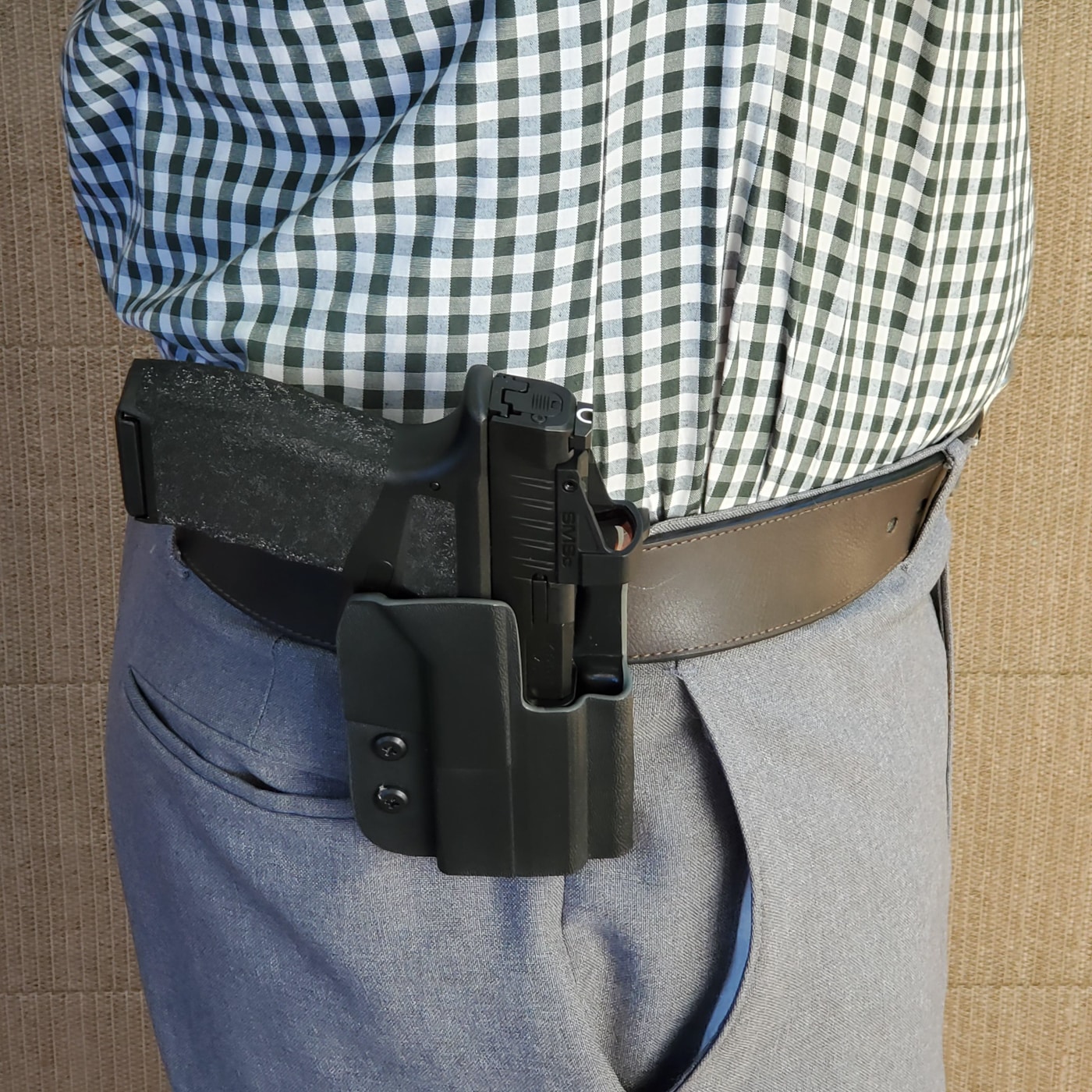
A critical element of the paddle system is a stiff, sturdy belt! A belt can make or break your carry, so please skip the dollar store belt and pick up a quality belt.
While paddle holsters are not for deep concealment, they can be used for concealed carry, preferably while wearing a jacket. Wearing a paddle holster under a large shirt is not the best set-up, as the holster sticks out more than an inside-the-waistband holster and will cause printing, which will let observant folks know you are carrying.
Conclusion
A paddle holster will not be right for every situation, but it’s an excellent idea to have one for your model pistol. You may think you’ll never need or use one, but you’ll want to have every option at your disposal.
As with all your equipment, train as if your life depends on it, because it just might. You’ll want to build muscle memory so you don’t go into vapor lock when the occasion arises.
Editor’s Note: Please be sure to check out The Armory Life Forum, where you can comment about our daily articles, as well as just talk guns and gear. Click the “Go To Forum Thread” link below to jump in and discuss this article and much more!
Join the Discussion
Featured in this article
Read the full article here



